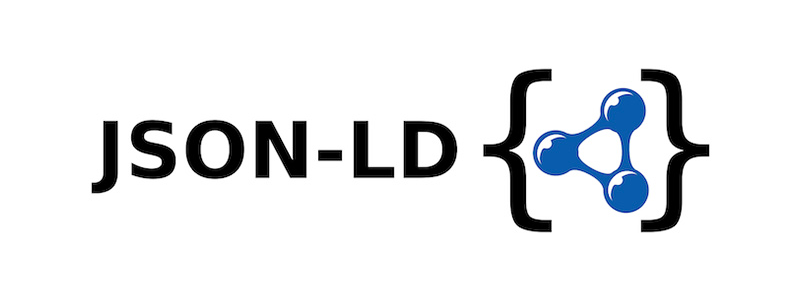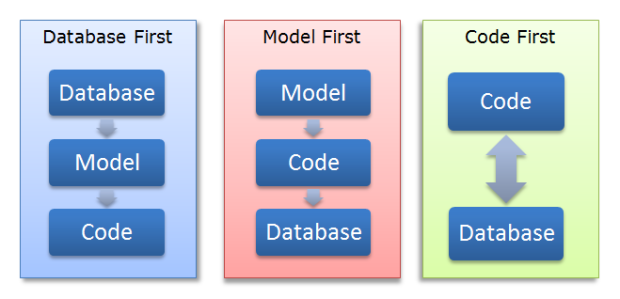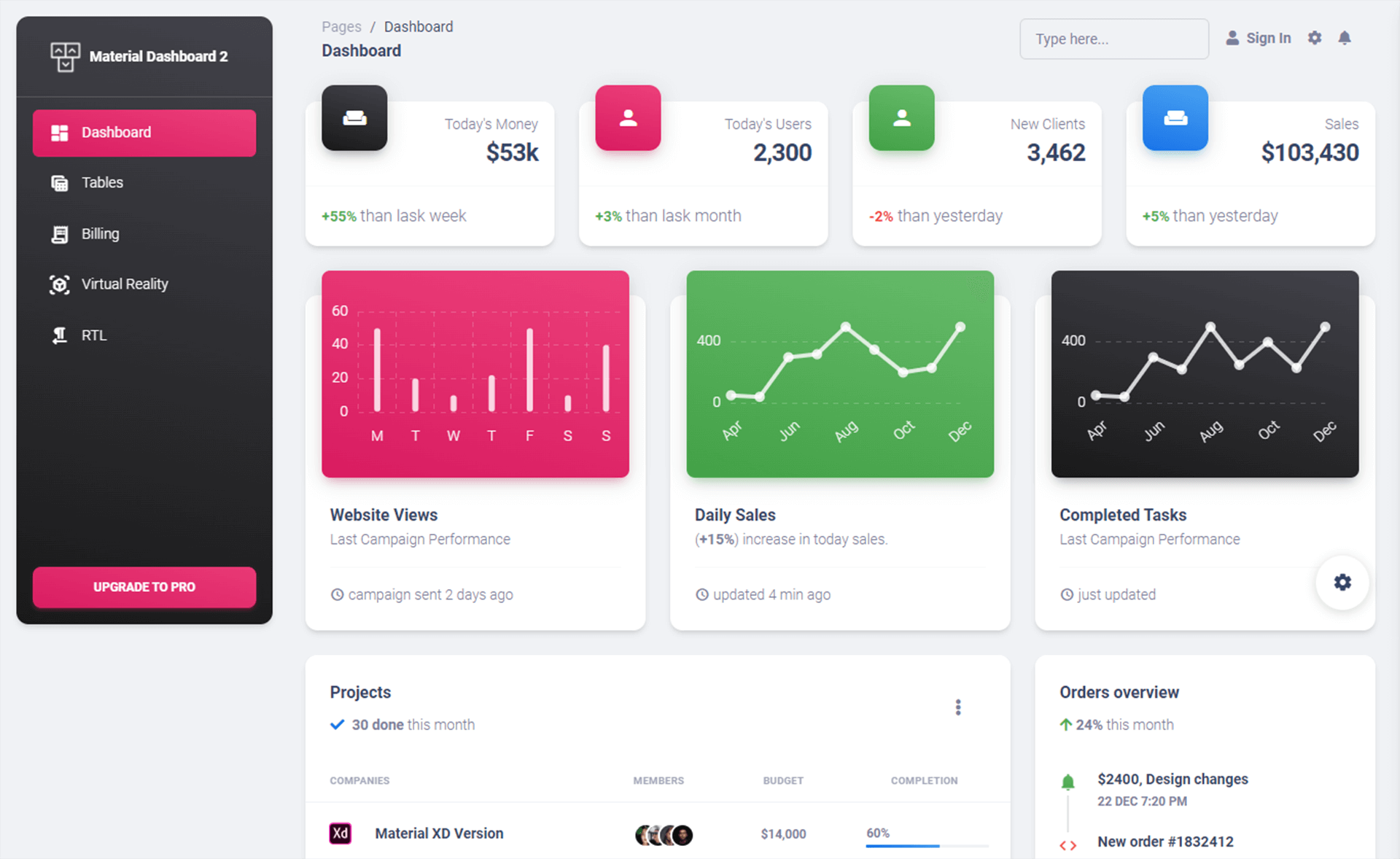C# LINQ Tutorial
By Tan Lee Published on Mar 27, 2025 233
What is LINQ?
Language Integrated Query (LINQ) is a set of technologies that allows you to query data from various sources, including:
Objects (LINQ to Objects)
Relational Databases (LINQ to SQL)
XML (LINQ to XML)
LINQ provides a consistent and unified querying experience for all these data sources, which means you can query and transform data using similar syntax, regardless of where the data comes from.
Key Features of LINQ
Query Expressions: LINQ introduces query expressions that resemble SQL syntax. LINQ query expressions allow for easy extraction and processing of data from various sources, including arrays, enumerable classes, XML documents, relational databases, and third-party data sources.
Deferred Execution: LINQ queries are not executed until you actually use the data (e.g., in a
foreachloop), and it helps optimize performance, especially when dealing with large datasets.Flexible Syntax: LINQ supports two types of syntax for writing queries:
Query Syntax (resembling SQL)
Method Syntax (using LINQ extension methods)
LINQ Extension Methods: LINQ is built into the
System.Linqnamespace, which provides a set of extension methods to query and manipulate data.
How to Use Language Integrated Query (LINQ) in C#
C# LINQ query and method syntax
C# LINQ element access
C# LINQ select
C# LINQ select into anonymous type
C# LINQ SelectMany
C# LINQ Concat
C# LINQ filter
C# LINQ Cartesian product
C# LINQ Zip
C# LINQ built-in aggregate calculations
C# LINQ custom aggregate calculations
C# LINQ orderby
C# LINQ MaxBy & MinBy
C# LINQ Reverse
C# LINQ group by
C# LINQ Chunk
C# LINQ word frequency
C# LINQ join
C# LINQ partitioning
C# LINQ convertions
C# LINQ generating sequences
C# LINQ quantifiers
C# LINQ set operations
C# LINQ XML
- C# LINQ query and method syntax
- Group by in LINQ
- How to get the index of an element in C# LINQ
- Cannot use a lambda expression as an argument to a dynamically dispatched operation
- How to group by multiple columns using LINQ
- Using LINQ to remove elements from a List<T>
- How to Find XML element by name with XElement in LINQ
- Could not find an implementation of the query pattern for source type





